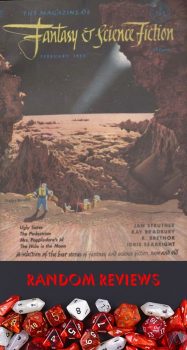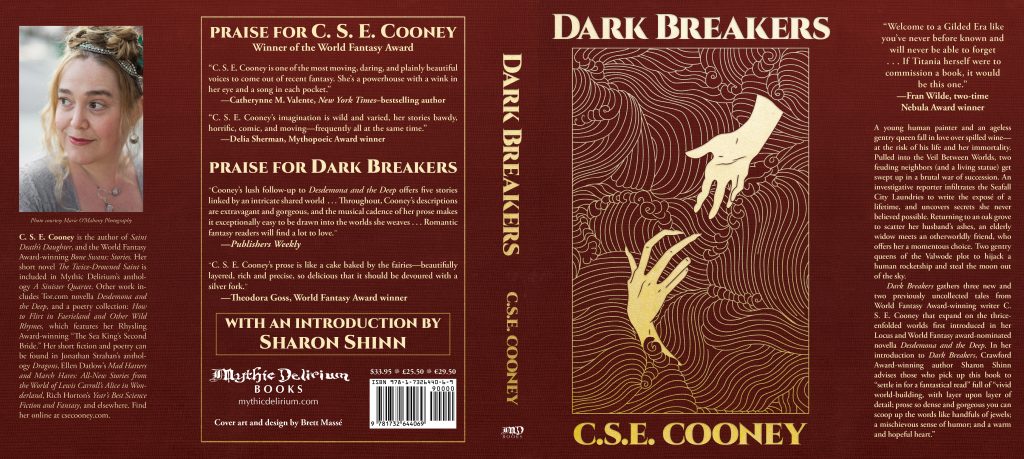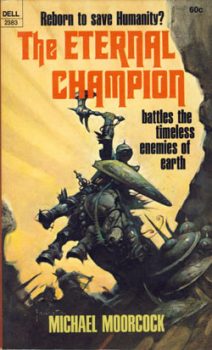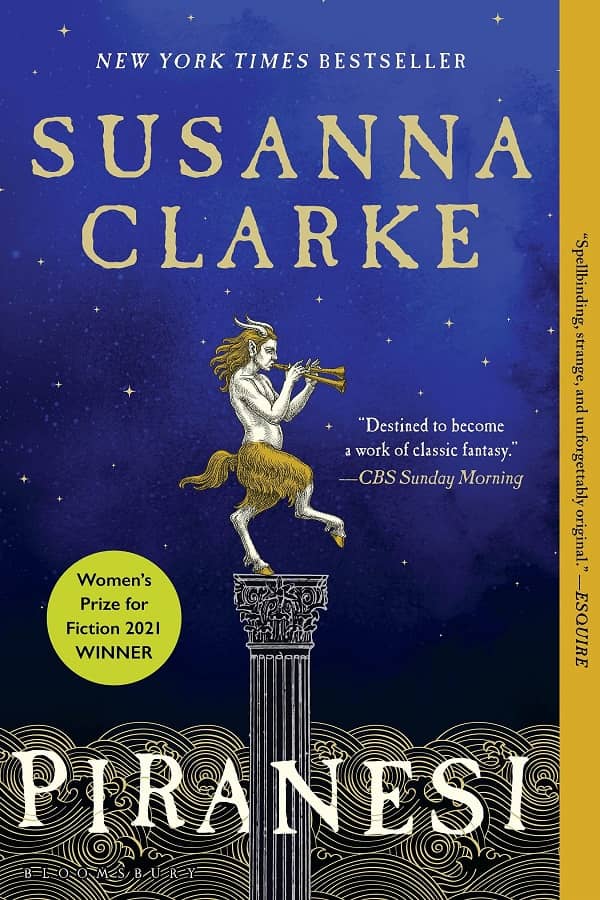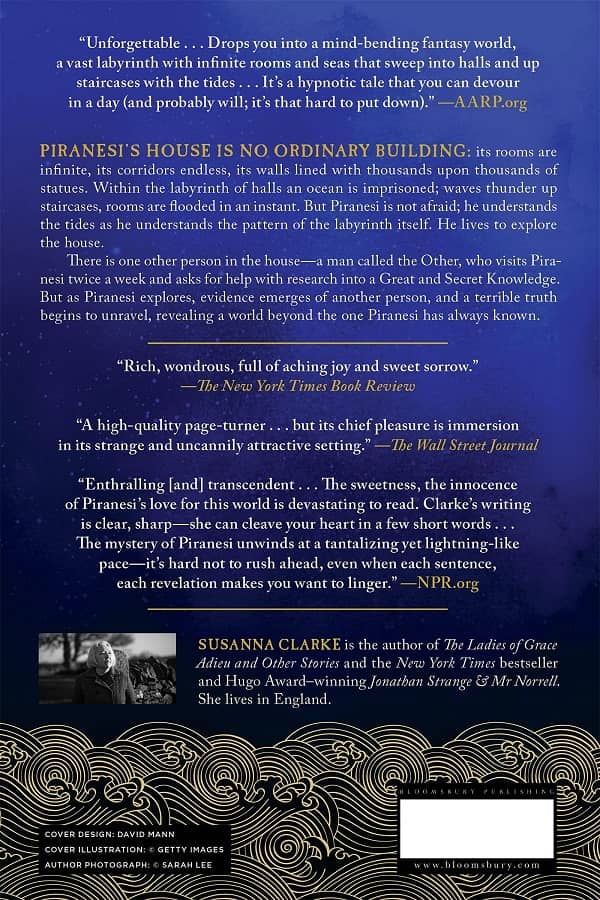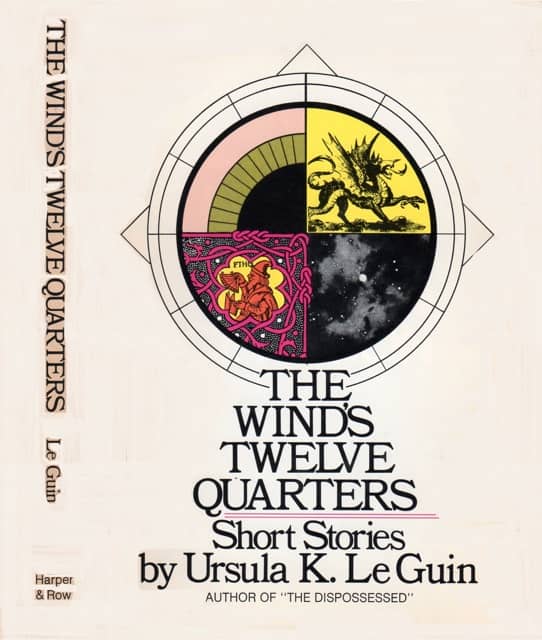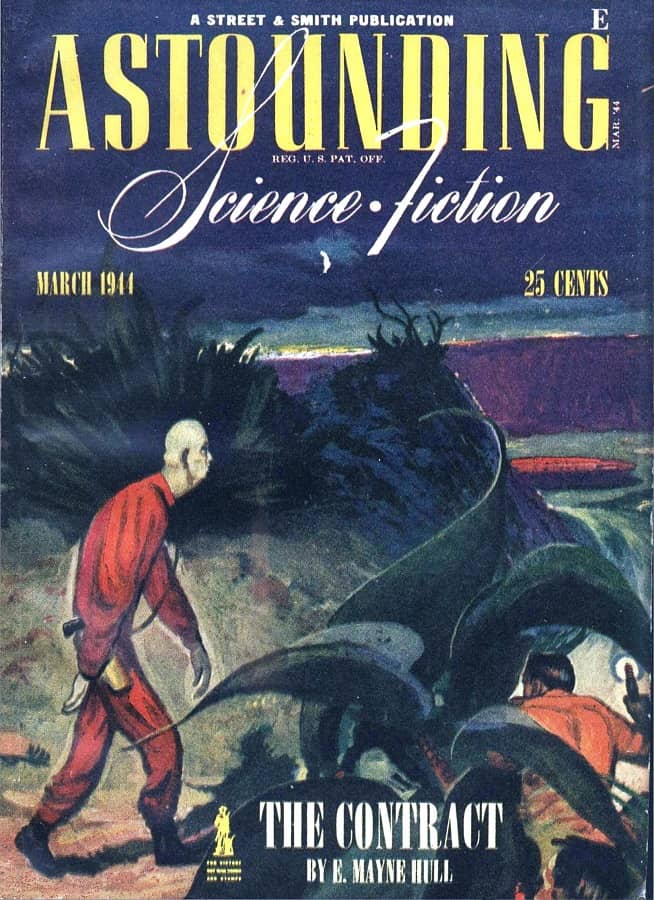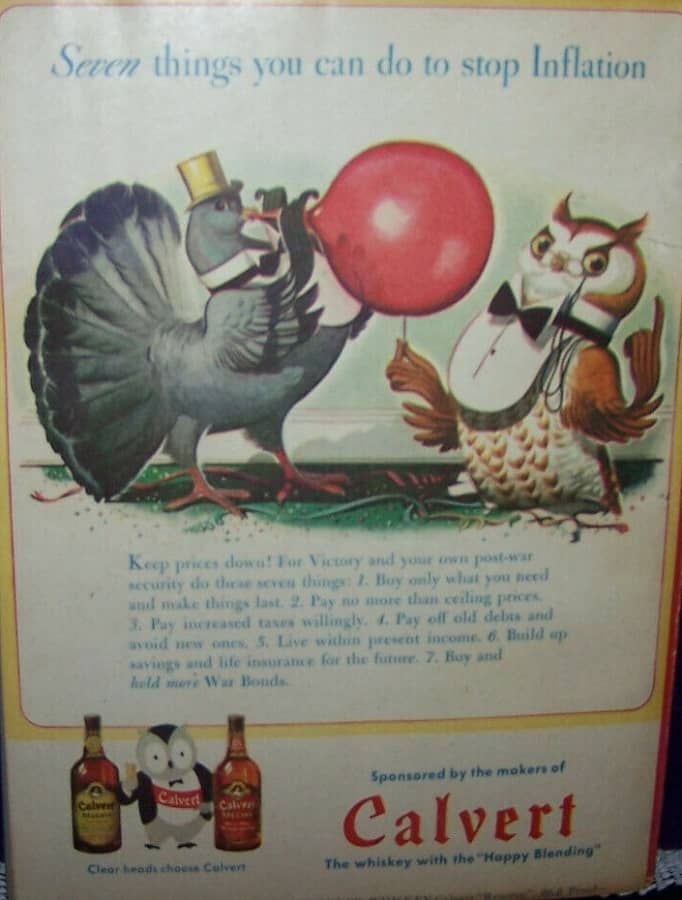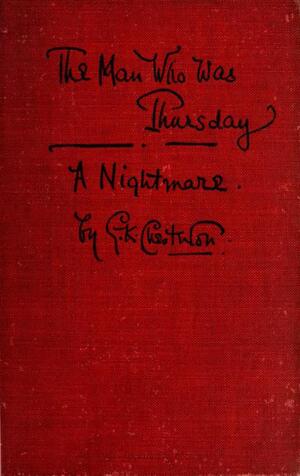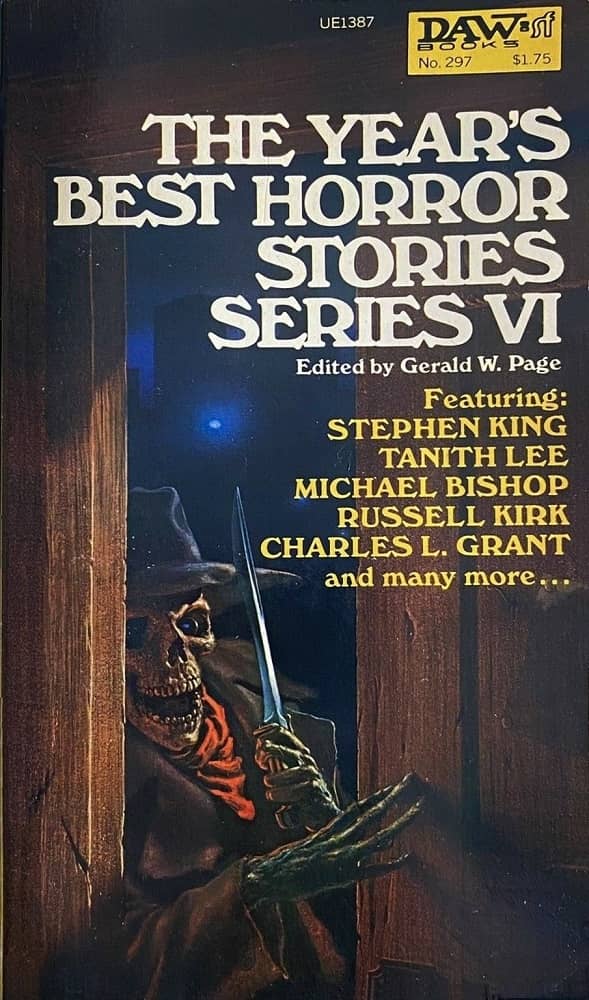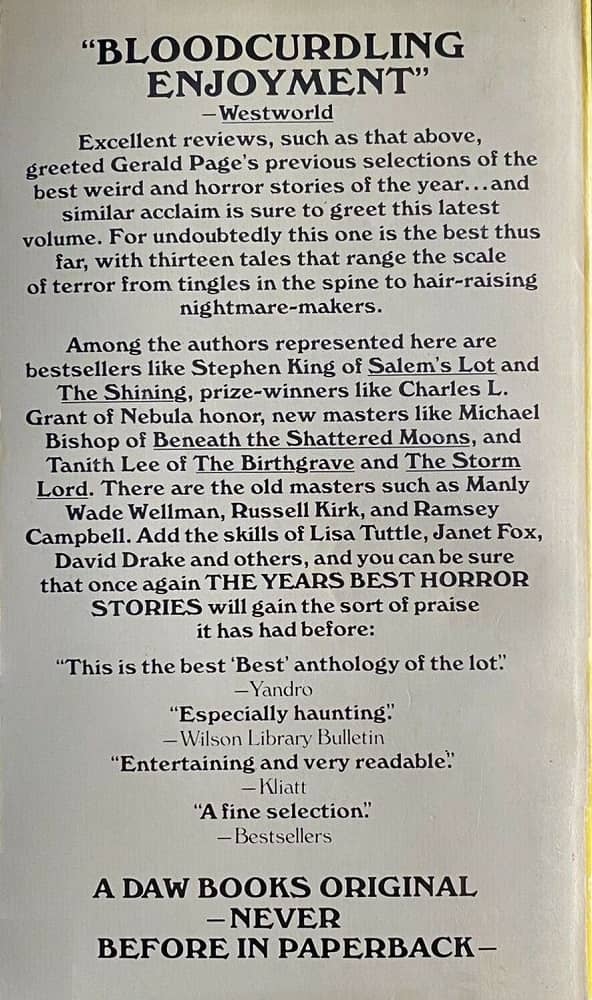A Cosmic Beginning: Out of the Silent Planet by CS Lewis
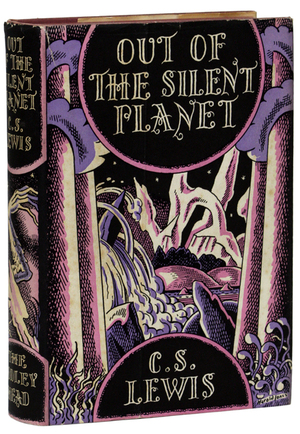 CS Lewis’ 1938 novel, Out of the Silent Planet, tells the story of man shanghaied and taken aboard a spaceship to Mars and the deep things he discovers there. In a letter from 1965, JRR Tolkien described how he and Lewis had set themselves the task of writing parallel stories — Tolkien’s a time-journey and Lewis’ a space-journey — where each tale’s protagonist would discover Myth. By that, Tolkien meant that while each story was to be a solid “thriller,” the stories would also contain “a great number of philosophical and mythical implications that enormously enhanced without detracting from the ‘surface adventure’.”
CS Lewis’ 1938 novel, Out of the Silent Planet, tells the story of man shanghaied and taken aboard a spaceship to Mars and the deep things he discovers there. In a letter from 1965, JRR Tolkien described how he and Lewis had set themselves the task of writing parallel stories — Tolkien’s a time-journey and Lewis’ a space-journey — where each tale’s protagonist would discover Myth. By that, Tolkien meant that while each story was to be a solid “thriller,” the stories would also contain “a great number of philosophical and mythical implications that enormously enhanced without detracting from the ‘surface adventure’.”
Elwin Ransom, a philologist (one of several points of similarity with Tolkien), is vacationing by taking a solitary walking tour when he is drugged and kidnapped by Dick Devine and Edward Weston, one, an old and disliked schoolmate, the other, a brilliant scientist.
“You don’t know Weston, perhaps? Devine indicated his massive and loud-voiced companion. “The Weston,” he added. “You know. The great physicist. Has Einstein on toast and drinks a pint of Schrodinger’s blood for breakfast.”
Weston has built a spaceship that has already traveled to another planet and back. On that world, Weston and Devine have discovered great lodes of gold and other precious metals. Now, with Ransom along, they are speeding back through space for more loot. During the month-long trip, Ransom learns that the planet is inhabited and its natives call it Malacandra. At first excited about the voyage despite his forced embarkation, Ransom’s anticipation turns to horror when he learns that he is to serve as sacrifice to monstrous native creatures called sorns.
